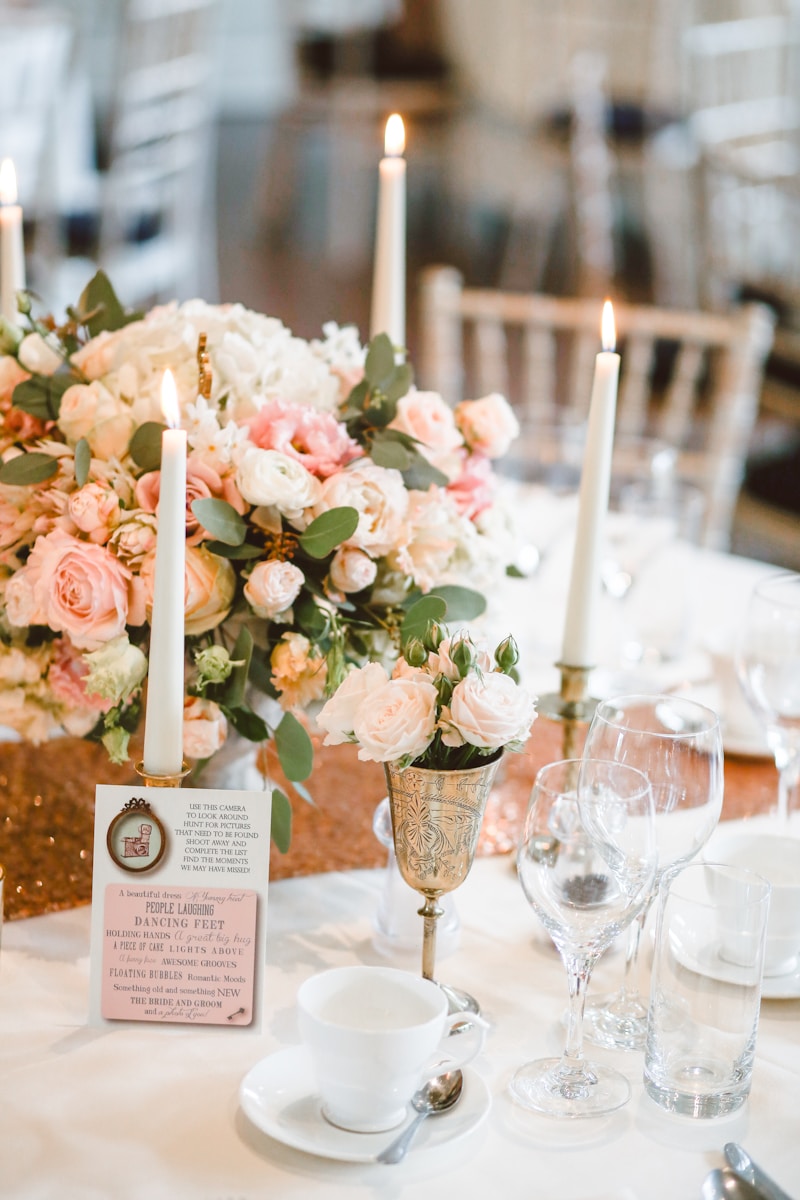Sustainable Practices in Wedding Dress Manufacturing: A Luxurious Future for Eco-Conscious Couples
Sustainable Practices in Wedding Dress Manufacturing: A Luxurious Future for Eco-Conscious Couples
Introduction to Sustainable Wedding Dress Manufacturing
In recent years, the wedding industry has seen a remarkable shift towards sustainability, with more couples seeking eco-friendly options for their special day. This transition has extended to wedding dress manufacturing, where designers and brands are increasingly embracing sustainable practices. This article explores the various sustainable practices in wedding dress manufacturing, their importance, and how they contribute to a greener future for the wedding industry.
The Importance of Sustainable Practices
With the rising awareness of environmental issues, sustainable practices in wedding dress manufacturing are crucial for several reasons:
- Environmental Impact: Traditional wedding dress manufacturing often results in significant waste and pollution. Sustainable practices minimize these negative effects.
- Ethical Considerations: Many sustainable brands prioritize ethical labor practices, ensuring fair wages and safe working conditions.
- Consumer Demand: Today’s couples are more conscious of their consumption patterns and seek products that align with their values, driving the demand for sustainable options.
Key Sustainable Practices in Wedding Dress Manufacturing
Here are some of the most effective sustainable practices adopted by wedding dress manufacturers:
1. Eco-Friendly Fabrics
One of the most significant aspects of sustainable clothing is the choice of materials. Eco-friendly fabrics include:
| Organic Cotton | Grown without synthetic pesticides or fertilizers. |
| Recycled Polyester | Made from recycled plastic bottles, reducing waste. |
| Bamboo Fabric | A fast-growing plant that requires minimal water and no chemicals. |
| Hemp | A durable and biodegradable fabric that thrives without pesticides. |
2. Local Sourcing
Local sourcing of materials and production not only reduces the carbon footprint associated with transportation but also supports local economies. By choosing local artisans and suppliers, designers can create unique, culturally rich dresses while maintaining environmental integrity.
3. Zero-Waste Design
Zero-waste design focuses on minimizing fabric waste during the production process. Designers implement innovative patterns and cutting techniques to maximize fabric use, turning scraps into beautiful embellishments or accessories.
4. Eco-Conscious Production Methods
Employing eco-friendly production methods, such as using natural dyes and non-toxic chemicals, helps to minimize environmental pollution. Many brands are also implementing energy-efficient technologies in their production facilities.
5. Vintage and Second-Hand Dresses
Another sustainable option is choosing vintage or second-hand wedding dresses. This practice not only reduces waste but also allows couples to find unique dresses with a story. Many platforms specialize in selling pre-loved wedding attire, making it easy for couples to shop sustainably.

To illustrate the trend towards sustainability, here’s a chart showing the rise in consumer interest in sustainable wedding dresses over the years:
| Year | % Growth in Interest |
| 2015 | 15% |
| 2018 | 30% |
| 2021 | 50% |
Popular Sustainable Wedding Dress Designers
Several designers are making headlines for their commitment to sustainability:
- Reformation: Known for its chic, eco-friendly dresses that combine style with sustainability.
- Christy Dawn: Uses deadstock fabric to create beautiful dresses with vintage-inspired designs.
- Anna Campbell: Incorporates ethical practices and luxurious materials into her timeless designs.
Frequently Asked Questions about Sustainable Wedding Dresses
As couples explore their options, they often have several questions about sustainable wedding dress manufacturing:
1. How can I ensure my wedding dress is truly sustainable?
Look for certifications or transparency in the brand’s practices. Enjoy exploration and don’t hesitate to ask designers about their materials and processes.
2. Are sustainable wedding dresses more expensive?
While some sustainable options may be pricier due to higher-quality materials, many brands offer affordable yet eco-friendly choices. Consider renting or purchasing second-hand dresses as budget-friendly options.
3. How can I repurpose my wedding dress after the wedding?
Repurposing options vary from turning your dress into a christening gown, a keepsake quilt, or donating it to a charity that supports brides in need.
Conclusion: Moving Towards a More Sustainable Future
As the trend of sustainable practices in wedding dress manufacturing continues to grow, it’s essential for couples to make informed choices that align with their values. Opting for eco-friendly fabrics, supporting local artisans, and considering vintage or second-hand options all contribute to a more sustainable wedding industry. Remember that your wedding dress is an integral part of your special day, but it doesn’t have to come at the expense of our planet. By embracing sustainability, you can enjoy a beautiful dress while preserving the environment for future generations.
Summary of Key Points:
- Eco-friendly fabrics significantly reduce environmental impacts.
- Using local resources promotes community support and cuts down on transportation emissions.
- Zero-waste design and eco-conscious production methods are vital for reducing waste.
- Opting for vintage or second-hand dresses offers unique styles while promoting sustainability.
Final Suggestions:
As you plan your wedding, consider how you can incorporate sustainable practices not only in your dress but throughout your celebration. With mindful choices, you can create a beautiful occasion that respects both your love story and the planet.
